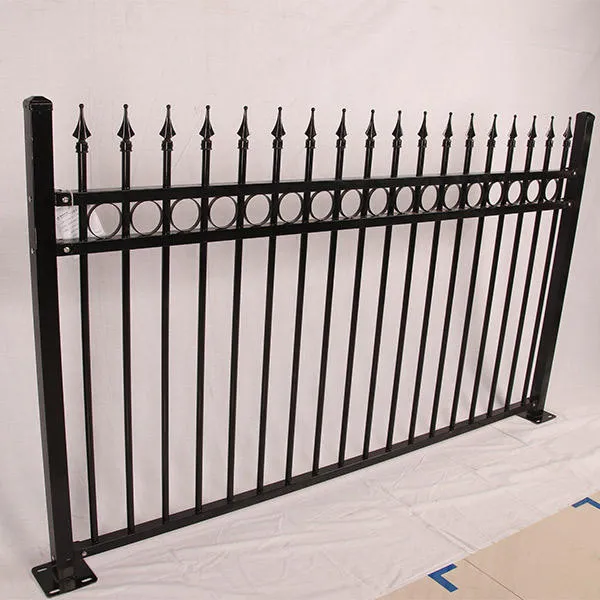Aug . 09, 2024 17:50 Back to list
High-Quality Black Annealed Wire Manufacturing Facility for Durable and Reliable Wire Products
The Significance of Black Annealed Wire in Modern Manufacturing Insights from a Black Annealed Wire Factory
In the realm of manufacturing and construction, black annealed wire has gained prominence as a versatile and crucial material. Known for its strength, flexibility, and corrosion resistance, black annealed wire is utilized in various applications ranging from fencing to construction reinforcement. This article explores the characteristics, production process, and applications of black annealed wire, shedding light on the operations within a typical black annealed wire factory.
Black annealed wire is produced through a meticulous process that begins with low-carbon steel wire, which is drawn to reduce its diameter. This drawing process is essential for enhancing the wire’s tensile strength. Following this, the wire undergoes an annealing process, which involves heating it in a controlled environment to relieve internal stresses, improve ductility, and enhance its overall performance. The result is a wire that not only boasts superior strength but also exceptional malleability, making it easier to work with during installation.
At a black annealed wire factory, the production line is characterized by advanced machinery and skilled labor. The factory is typically divided into several sections, each focusing on a specific stage of the production process. Workers oversee the drawing and annealing processes, ensuring that the wire meets specified dimensions and quality standards. Quality control is a critical aspect of the operation; samples are continually taken and tested for tensile strength, flexibility, and surface finish.
black annealed wire factory

One of the remarkable attributes of black annealed wire is its unique finish, which gives it a distinct dark appearance. This finish is not only aesthetically pleasing but also functional as it provides some level of corrosion resistance. The wire is often coated to enhance durability, making it suitable for outdoor applications where exposure to environmental elements is a concern.
The applications of black annealed wire are vast and varied. In construction, it is commonly used for reinforcing concrete, serving as a reliable anchor that enhances the structural integrity of buildings and infrastructure. Additionally, black annealed wire is frequently employed in the production of wire fences, providing security and boundaries in agricultural settings and residential properties alike. Its pliability makes it easy to bend and shape, allowing for a wide range of creative applications, from crafts to industrial use.
Furthermore, the environmental aspects related to the production of black annealed wire are increasingly significant. Many factories are now adopting sustainable practices to minimize waste and reduce their carbon footprint. This includes recycling scrap metal, utilizing energy-efficient machinery, and adhering to strict environmental regulations. Consumers are becoming more conscious of the ecological impact of their purchases, and manufacturers are responding by implementing greener production methods.
In conclusion, black annealed wire is an essential material in modern manufacturing, thanks to its impressive mechanical properties and diverse applications. The process of producing black annealed wire in a factory setting involves a blend of technology and craftsmanship, ensuring that the final product meets the highest standards of quality and performance. As industries continue to evolve, the demand for reliable and sustainable materials like black annealed wire is set to grow, making its role in manufacturing both relevant and crucial for the future. By understanding the production process and applications of black annealed wire, we can appreciate its substantial impact on various sectors and its contribution to building a more sustainable environment.
-
High Quality Deformed Steel Bars China - Reliable Manufacturers & Suppliers for Construction Projects
NewsJul.08,2025
-
High Quality Black Annealed Wire - Durable Iron Wire 2mm from Leading Manufacturer & Supplier Factory
NewsJul.08,2025
-
Produce Hot Dipped Galvanized Steel Grating - High Quality Grating Supplier & Manufacturer
NewsJul.08,2025
-
Galvanized Iron Welded Wire Mesh Panels – Durable, Rust-Resistant, Best Price Manufacturer
NewsJul.07,2025
-
High Quality Concrete Reinforcing Welded Wire Mesh - Durable 8mm Steel Bar, Q188, A393, F72, High Strength Mesh Solutions
NewsJul.07,2025
-
High-Quality Redrawn G.I. Wire Leading Manufacturers & Suppliers
NewsJul.07,2025

